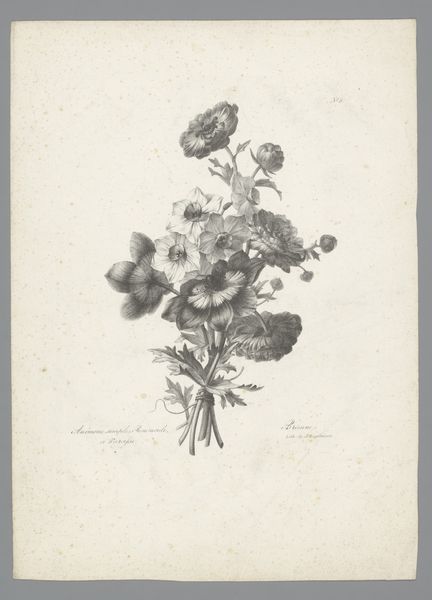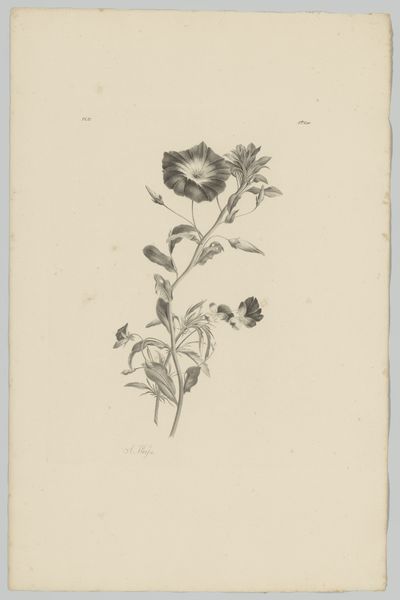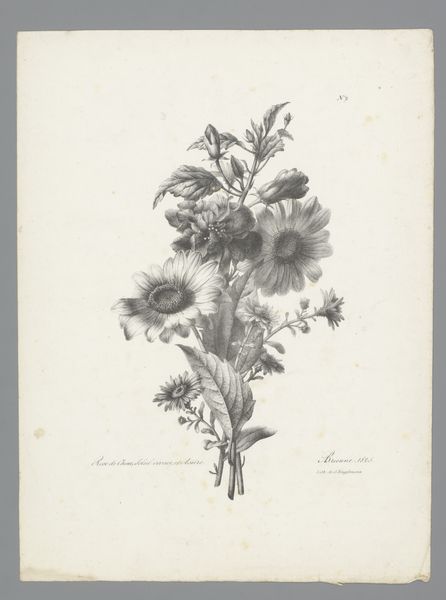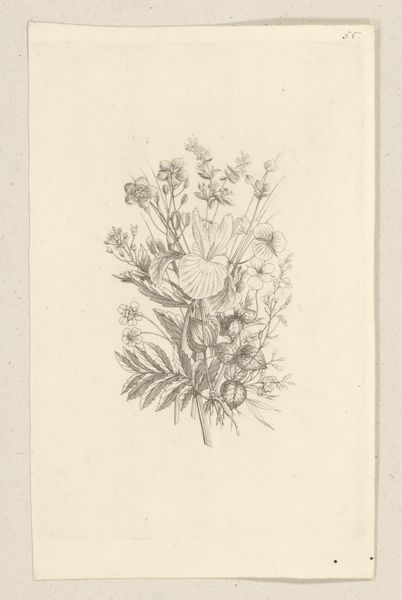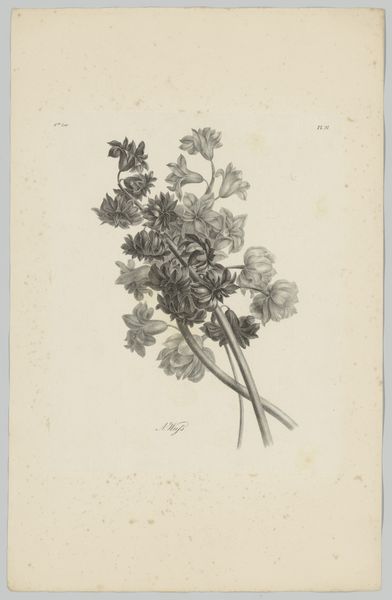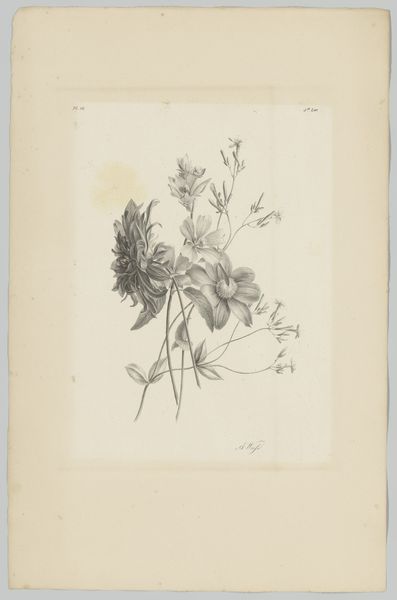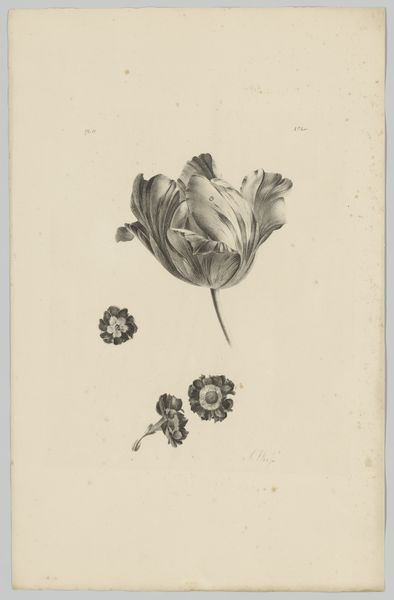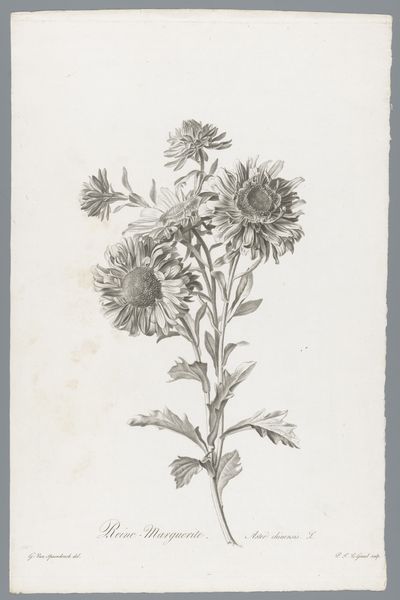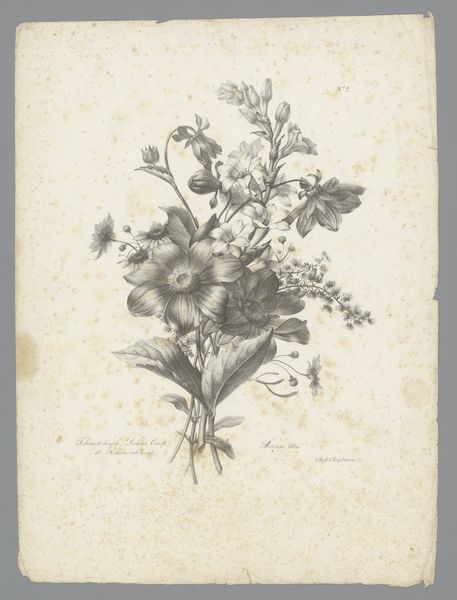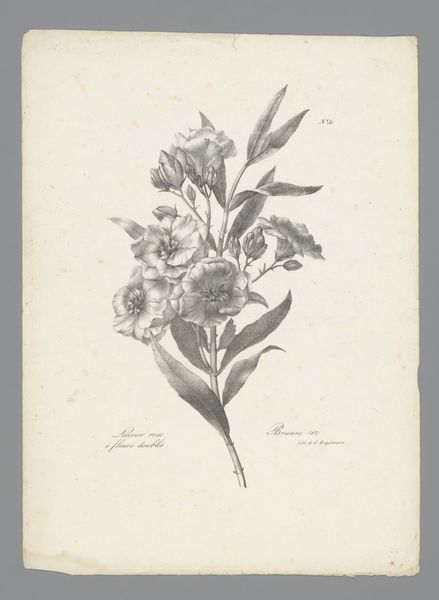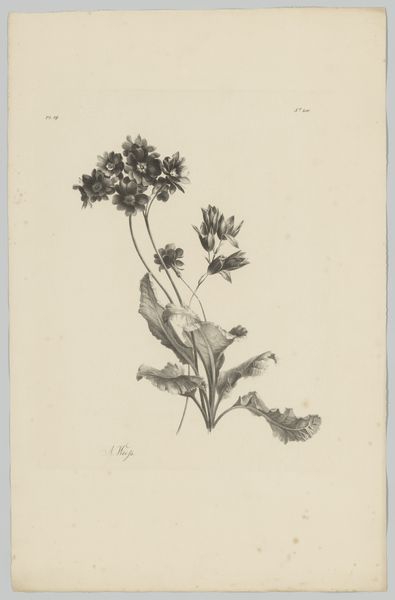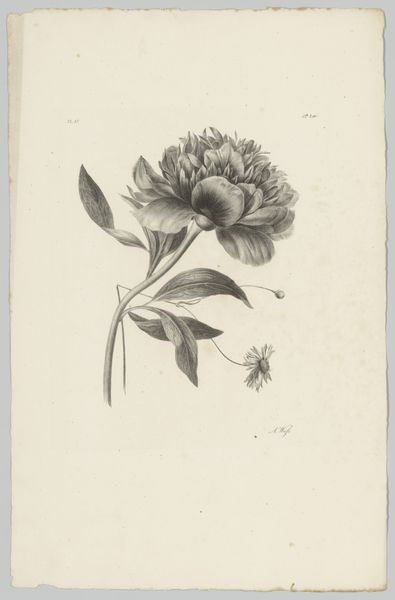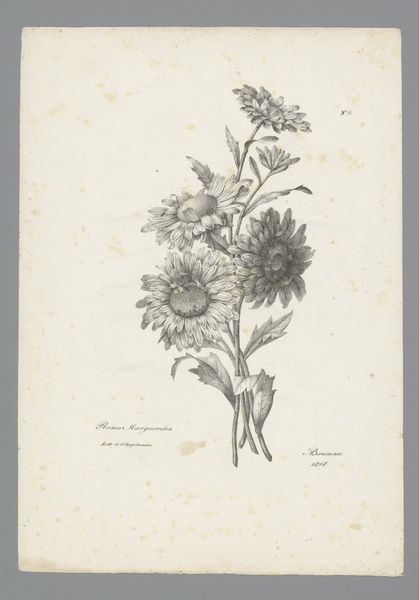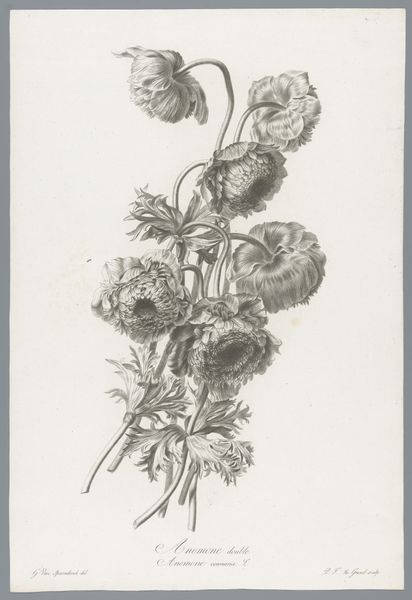
drawing, paper, pencil
#
drawing
#
paper
#
pencil
#
realism
Dimensions: height 360 mm, width 270 mm
Copyright: Rijks Museum: Open Domain
Editor: Here we have "Double Anemones," a pencil drawing on paper by Auguste Piquet de Brienne, dating back to 1820. The precision is really striking; the textures in the petals almost feel real. What strikes you about this drawing? Curator: For me, this image raises questions about representation and the social construction of nature. Consider the scientific, almost clinical rendering. How does this objectify nature, turning something wild into a specimen, much like colonial powers categorized and controlled distant lands and peoples? Editor: I hadn't thought of it that way. So, the act of meticulously drawing these flowers is connected to broader power dynamics? Curator: Exactly! During the Enlightenment, scientific pursuits were often entangled with empire-building. Classifying nature was a means of asserting dominance. Even the very act of portraying these flowers could be seen as taking ownership. Look at the detail; it almost feels like a botanical inventory. Do you think that affects our reading? Editor: I guess it does feel less like an expression of beauty and more like a study. Does the choice of anemones specifically carry any symbolic weight? Curator: Anemones, with their short blooming period and association with loss, could symbolize the fragility of both life and colonial endeavors. Their beauty, while captured here, is inherently ephemeral, reminding us of the fleeting nature of power. Perhaps De Brienne subtly critiqued this impulse to contain and control nature. Editor: I learned so much. I'll never look at a floral drawing the same way again. Curator: That's the power of engaging with art critically. By interrogating the historical context and inherent power structures, we can see these images anew.
Comments
No comments
Be the first to comment and join the conversation on the ultimate creative platform.
